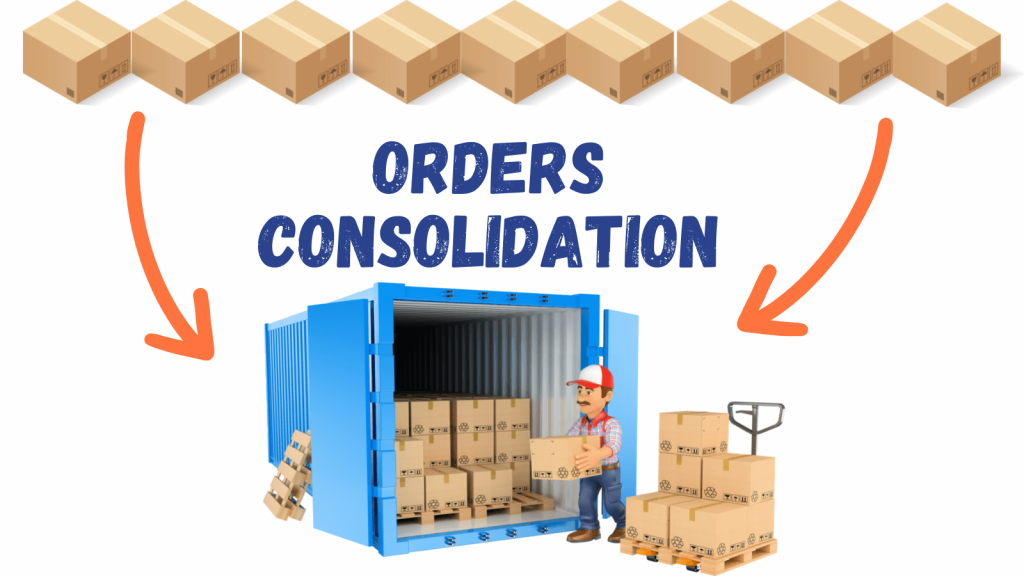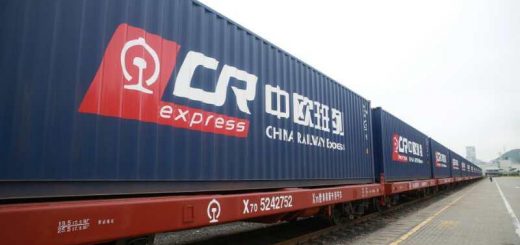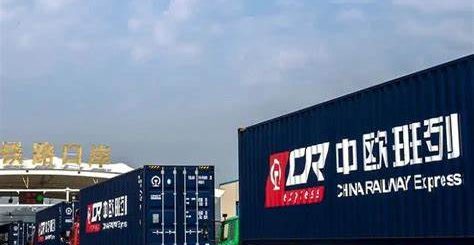Hassle-Free Shipping from China: Your Consolidated Solution
Introduction
Importing goods from China to Europe or North America often sounds daunting to businesses and individuals—multiple suppliers, varying package sizes, mounting freight costs, and complex customs workflows. Consolidated shipping provides a streamlined answer: combining multiple small orders into a single, efficient shipment. This article walks you through how consolidation delivers hassle-free logistics, saves money, reduces risk, and boosts control.

1. Why European & North American Importers Choose Consolidated Shipping
1.1. Smarter Costs, More Control
Consolidation transforms fragmented supplier deliveries into unified freight shipments, significantly lowering per-unit outbound costs while improving handling efficiency.Quaily
1.2. Supply Chain Efficiency
You deal with one warehouse, one customs process, and one tracking number. Consolidated shipments simplify operations and reduce administrative angst.TecExShip4WD
1.3. Environmental & Carbon Savings
Consolidation shrinks your environmental footprint—sharing space, reducing trips, and maximizing load utilization.Borderless360+14Unicargo+14Mercer Transportation+14
2. How Consolidated Shipping Actually Works
| Stage | Description |
|---|---|
| Supplier Pickup | Goods from different vendors are directed to a consolidation warehouse. |
| Sorting & Inspection | Cargo is grouped by route, checked for quality and compliance. |
| Consolidation & Packing | Items are packed into containers or pallets with optimized space usage. |
| Customs Documentation | One master invoice and consolidated paperwork ease customs clearing.Reuters+12C.H. Robinson+12FreightAmigo+12Cota Systems |
| Freight Movement | A full container or pallet heads to destination, avoiding LCL unpredictability. |
| Final Delivery | Deconsolidation happens at the destination hub or local center. |
3. Comparing Shipping Modes: Which Works Best?
| Method | Cost Efficiency | Transit Time | Ideal Use Case |
|---|---|---|---|
| FCL (Full Container) | Most cost-efficient if volume is high | ~25–40 days | Bulk imports |
| LCL (Less-than-Container) | Flexible, moderate cost | ~25–40 days | Small-to-medium orders |
| Air Freight | 5–50% savings via consolidation.EFEX+13C.H. Robinson+13Janbox+13cnxtrans+1Cota Systems+13Instant Freight Solutions+13Unicargo+13Instant Freight Solutions+11Cota Systems+11FreightAmigo+11Quaily+13Dimerco+13Cota Systems+13 | ~5–12 days | Urgent, lightweight goods |
| Express Courier | Fast, but pricey | 3–7 days | Documents, samples |
| Consolidated Freight | Cost-effective with reduced handling risk | ~25–40 days | Multiple small shipments from China |
Consolidation typically combines shared LCL space, streamlined documentation, and cost-sharing advantages while offering better transit control than air or express with item-level shipments.
4. Real-World Advantages
- Cost Savings: Per shipment costs drop through volume leverage.cnxtrans
- Reduced Damage Risk: Fewer touches means safer delivery.Borderless360
- Simplified Customs and Documentation: One consolidated block of paperwork streamlines global clearance.
- Better Visibility: Use one tracking platform across suppliers for total control.TecEx
- Alignment with Sustainability Goals: Shared transport reduces carbon emissions.
5. How to Maximize Consolidated Shipping
5.1. Choose the Right 3PL or Freight Forwarder
Seek partners with consolidation-specific expertise and reliable warehousing in China.WIRED+12Komacut+12Mercer Transportation+12
5.2. Group Supplier Shipments Strategically
Batch orders so they align with consolidation cycles—delayed by only a few days to gain big savings.
5.3. Prepare Documentation Carefully
Use a unified commercial invoice, packing list, certificate of origin, and HS code list to avoid customs hiccups.
5.4. Plan Logistics Early
Lock in space during high-demand seasons or trade shifts. Recent tariff reprieves may cause shipping volumes to spike.cnxtrans+1Reuters
5.5. Track and Optimize Continually
Use dashboards to monitor freight, inventory, and costs—then refine with each shipment.
6. Additional Considerations
Transit Timing: Expect ~25–40 days via sea; rail to Europe (~15–20 days) still favors consolidation.kmc-portal-files.s3.ap-southeast-1.amazonaws.com
Policy Shifts: Changes like ending low-value exemptions can impact cost models—keep informed.Vogue Business
Freight Rate Volatility: Events such as tariff surges or high express demand (e.g., from platforms like Shein) inflate rates—plan accordingly.华尔街日报金融时报
Conclusion
If you’re importing from China to Europe or North America, consolidated shipping provides the best blend of efficiency, cost control, and logistical simplicity. It smooths out supply chain complexities and lets you scale with precision. Whether you’re running a small business or managing international inventory flows, consolidation offers a smarter, stress-free way forward.


